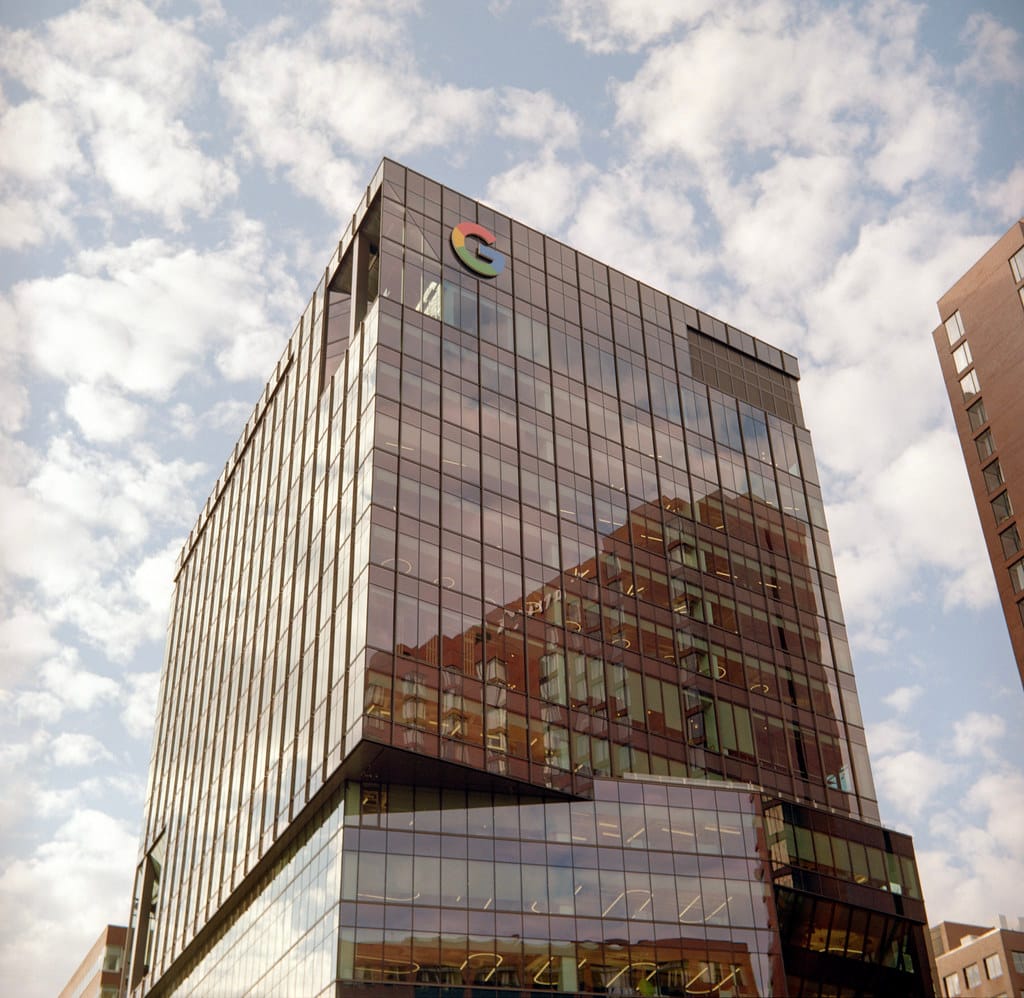The Hidden Cost of AI: How Big Tech's Data Centers Are Inflating Your Electric Bill
Every time you ask ChatGPT a question, stream a Netflix show, or upload photos to the cloud, you're contributing to an energy crisis that's quietly driving up electricity costs for millions of Americans. Behind the scenes, Big Tech's massive data centers – the digital backbone of our modern world – are consuming electricity at unprecedented rates, and the bill is being passed directly to consumers.
The AI Boom's Energy Appetite
The explosion of artificial intelligence has transformed data centers from simple storage facilities into power-hungry computational behemoths. Training a single large language model like GPT-4 can consume as much electricity as 300 homes use in an entire year. Google's data centers alone now consume more electricity annually than many small countries, with the company's energy usage jumping 13% in 2023 largely due to AI operations.
Microsoft, Amazon, and Meta are experiencing similar surges. Microsoft's carbon emissions increased by 30% between 2020 and 2023, primarily due to data center expansion and AI workloads. These aren't just abstract corporate statistics – they represent a fundamental shift in how America consumes electricity.
When Digital Demand Meets Grid Reality
The problem extends far beyond Big Tech's balance sheets. In Northern Virginia, home to the world's largest concentration of data centers, electricity demand has grown so dramatically that Dominion Energy projects it will need to build the equivalent of several new power plants just to keep up. The region now hosts over 450 data centers, consuming roughly 25% of the state's total electricity production.
Similar patterns are emerging across the country. In Georgia, where Google and Facebook operate major facilities, electricity demand from data centers is expected to double by 2030. Arizona, attracted by cheap land and favorable tax policies, has seen data center electricity consumption triple in five years.
The Rate Shock Reality
This surge in industrial electricity demand is creating upward pressure on rates for everyone. Utility companies must build new power infrastructure – power plants, transmission lines, and substations – to meet data center demands, and these costs are distributed across all customers through rate increases.
In Virginia, residential electricity rates have risen 15% since 2020, with data center growth cited as a primary factor. Georgia Power customers face similar increases, with the utility attributing much of its recent rate hikes to infrastructure investments needed to serve new data centers.
The math is simple but painful: when utilities need billions in new infrastructure investments to serve a handful of massive corporate customers, those costs get spread across millions of residential ratepayers through higher monthly bills.
The Tax Haven Paradox
Adding insult to injury, many data centers operate in jurisdictions offering significant tax incentives. Amazon's massive data center in Virginia receives property tax breaks worth millions annually, while local residents see their electricity bills climb to pay for the grid upgrades Amazon's facility requires.
These arrangements create a perverse dynamic where communities subsidize the infrastructure that drives up their own utility costs, while tech giants benefit from both tax breaks and artificially low industrial electricity rates.
Beyond the Bill: Environmental and Economic Implications
The environmental implications are staggering. Data centers now account for roughly 1% of global electricity consumption, and that figure is projected to reach 3-4% by 2030. In many regions, this growth is being met by fossil fuel generation, undermining corporate sustainability commitments and climate goals.
Local communities also face infrastructure strain. In rural areas suddenly hosting massive data centers, aging electrical grids struggle to handle the load, leading to reliability issues and rolling blackouts that affect nearby residents and businesses.
What This Means for You
The next time your electricity bill arrives with another rate increase, remember that part of that cost stems from the digital revolution happening in windowless warehouses across the country. While AI and cloud services have undoubtedly improved our lives, we're all paying the price for their energy appetite.
As Big Tech continues expanding its data center footprint and AI capabilities, this trend will only accelerate. Without policy intervention or dramatic improvements in energy efficiency, American consumers should expect their electricity bills to reflect not just their own usage, but the growing computational demands of the digital economy. The question isn't whether AI will change our world – it's whether we're prepared to pay the electric bill for that transformation.

